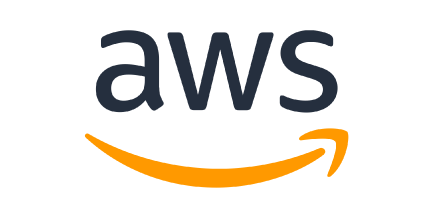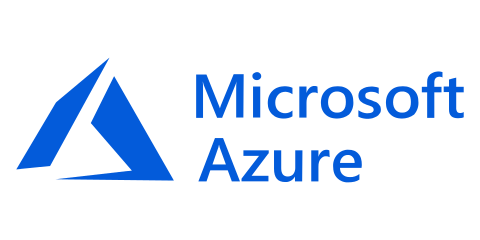
Cloud computing is very much the norm these days. In fact, it exists now as an essential tool and point of emphasis for businesses today, as the use of on-premise data hubs lessen and cloud solutions increase in a move to improve efficiency, innovate, cut costs, and increase flexibility.
Cloud computing benefits:
- Increased storage
- Efficient resource management
- Remote access to data
- Improved security
In the early stages of cloud computing’s emergence, there were understandably massive concerns over security and data authority. These worries have long since been quelled, especially by the 'big three' public cloud vendors – Amazon Web Services (AWS), Microsoft Azure, and Google Cloud.
So, what is the difference between these three cloud computing giants: AWS vs Google Cloud vs Azure? Read on to find out.
-

Amazon Web Services
The main market-leader of cloud providers, AWS possesses a remarkable breadth and depth of services with their portfolio surpassing 175 services.
They first introduced Infrastructure-as-a-service (IaaS) to the public in 2006 and have trailblazed the industry in the 14 years since, with the maturity of the IaaS and entire AWS ecosystem since becoming a unique strong-point. Additionally, AWS utilises universal coverage and a highly secure network that guarantees that you find your ideal solution.
However, as attractive as the variety of AWS services is, it can also be a deterrent. After all, there’s such a thing as too many options. AWS requires a lot of set up work, and many companies see that employees need excessive training to comfortably navigate the AWS ecosystem. Furthermore, the absence of a specific hybrid-cloud solution is seen as a huge drawback.
-

Microsoft Azure
Microsoft might be the most welcoming cloud provider on the market to new customers, consistently offering significant discounts on Azure and banking on their ability to retain customers through quality and convenient solutions and supreme customer service. Azure’s uniqueness lies in its focus on hybrid-cloud, which especially appeals to larger enterprises and easy integration with other Microsoft services on the platform through the existing infrastructure.
Azure’s weakness is its ineffectiveness in support of other operating systems. It doesn’t possess the same customisation capability as, for example, AWS, and relies heavily on its compatibility within Microsoft’s ecosystem.
-

Google Cloud
Google may occupy the smallest market share percentage out of the three, but they remain a fan favourite, constantly proving themselves as a viable IaaS competitor with innate simplicity and a smooth interface. Their expertise with big data analytics and ML applications boosts its appeal, allowing users to experience high-quality networking, storage, computing, and databases with Google Cloud Platform. Google differs from the field through their relatively low number of services. However, swift navigation through the requirements for mobile apps projects allows customers to find the perfect solution for their needs.
One of Google Cloud’s main drawbacks is their struggles collaborating with large enterprises. As the newest cloud of the three, they are still building and currently offer the lowest variety.
-
A Centerprise Summary
AWS remains the cream of the crop, offering the broadest choice of functionality and maturity.
But Microsoft is slowly gaining ground and looks dedicated to growing the Azure cloud platform with ongoing investments. Organisations already acclimated with Microsoft, and their technological services, remain plentiful and loyal.
Google recently changed leadership, looking to develop their cloud platform to be a greater enterprise threat. They were already enjoying noticeable progress by leveraging their Kubernetes and machine learning expertise and look to build on that moving forward.
Contact our cloud service specialists now to find the best match for you!




